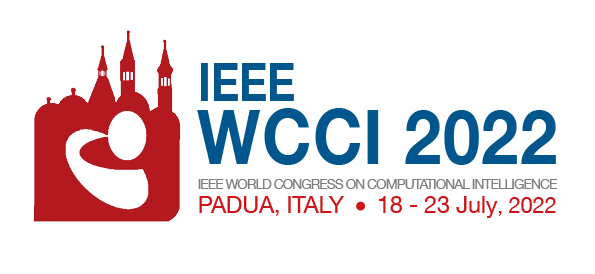
Aim and Scope
Evolutionary algorithms have demonstrated superior global search capabilities, and have been applied to diverse real-life single, multi, and many-objective optimization problems. Examples include the use of evolutionary algorithms for optimal parameter identification and discriminative feature selection pertaining to diverse classification and regression models as well as hybrid evolutionary and clustering algorithms for image segmentation and visual saliency detection.
In parallel, deep learning models have demonstrated great success in dealing with complex computer vision tasks. Examples include the use of deep convolutional neural networks combined with recurrent models for image caption generation and visual question generation. Deep learning combined with transfer learning has also been employed to deal with various computer vision tasks. Nevertheless, the design of new and effective deep learning models and identification of the optimal hyper-parameters of the resulting models require profound domain knowledge, which may not always be available to researchers. In this regard, the superior search capabilities of evolutionary algorithms can be exploited to tackle such optimization problems, e.g. to formulate evolving deep neural networks that fit the tasks at hand.
This special session aims to stimulate research pertaining to not only feature selection, optimal topology and hyper-parameter identification for clustering and classification systems but also evolving deep architecture generation through evolutionary algorithm and related paradigms.
It also aims to stimulate new developments to address research gaps such as deep network generation with residual and dense connectivity as well as hybrid cascaded architectures to tackle vanishing gradients and complex computer vision tasks such as object detection, image description and visual question generation.
Topics
Potential topics include, but are not limited to, the following:
- Image segmentation
- Data stream clustering
- Feature selection
- Object detection and recognition
- Image description generation
- Visual question generation
- Visual saliency detection
- Image classification
- Image retrieval
- Human or object attribute prediction
- Facial expression recognition and age estimation
- Human action recognition
- Bioinformatics (e.g. skin cancer, heart disease, and brain tumour classification etc.)
- Machine translation, language generation and speech recognition
- Evolving deep neural network generation for diverse computer vision, image processing and signal processing problems
- Hybrid clustering techniques (e.g. clustering models combined with evolutionary algorithms)
- Optimal topology and hyper-parameter identification for classification/regression and ensemble learning models
Important Dates
- Paper submission: January 31, 2022 (11:59 PM AoE)
- Notification of acceptance: April 26, 2022
- Final paper submission: May 23, 2022
Organizers
- Dr Li Zhang, Royal Holloway, University of London, UK
- Prof Chee Peng Lim, Deakin University, Australia
- Prof Jungong Han, Aberystwyth University, UK
- Dr Guiguang Ding, Tsinghua University, China